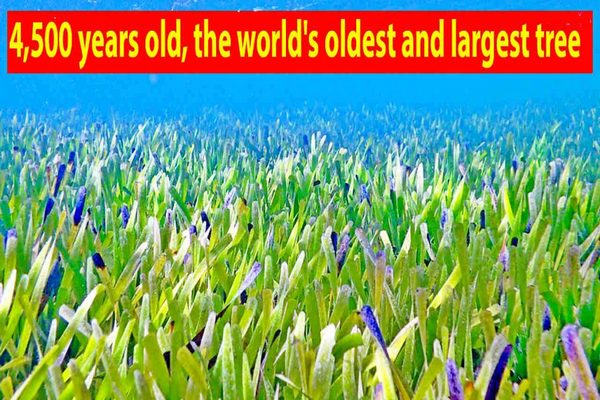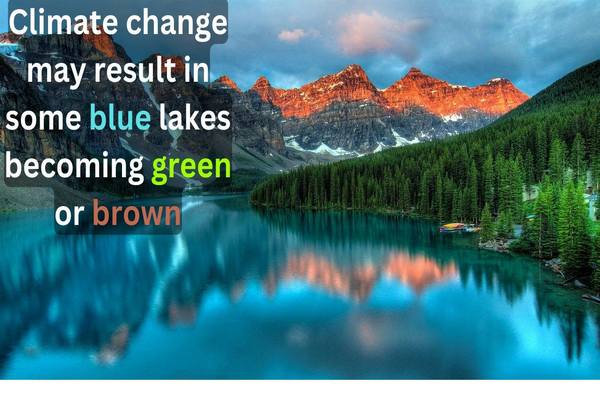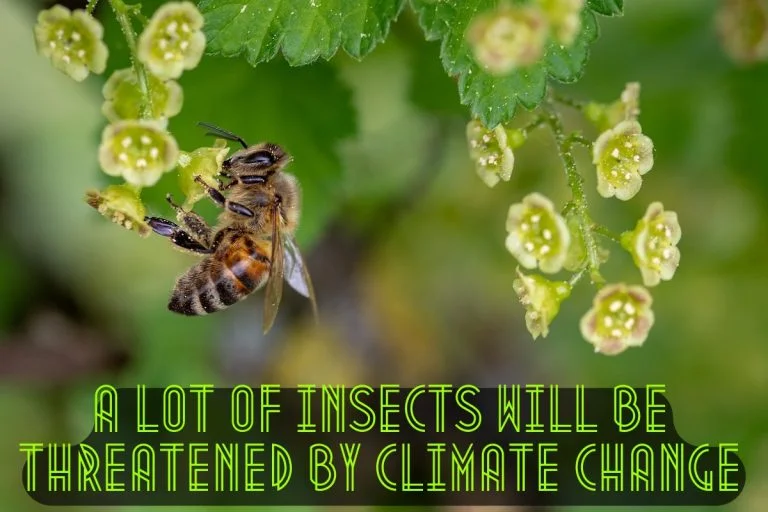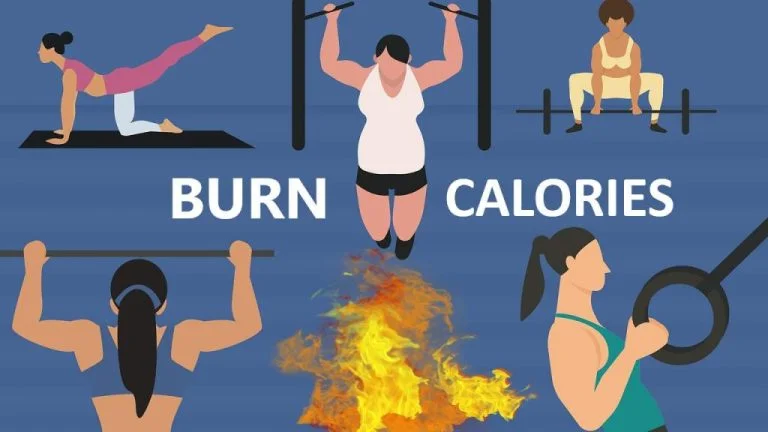What happened to my plastic? Where did it go?
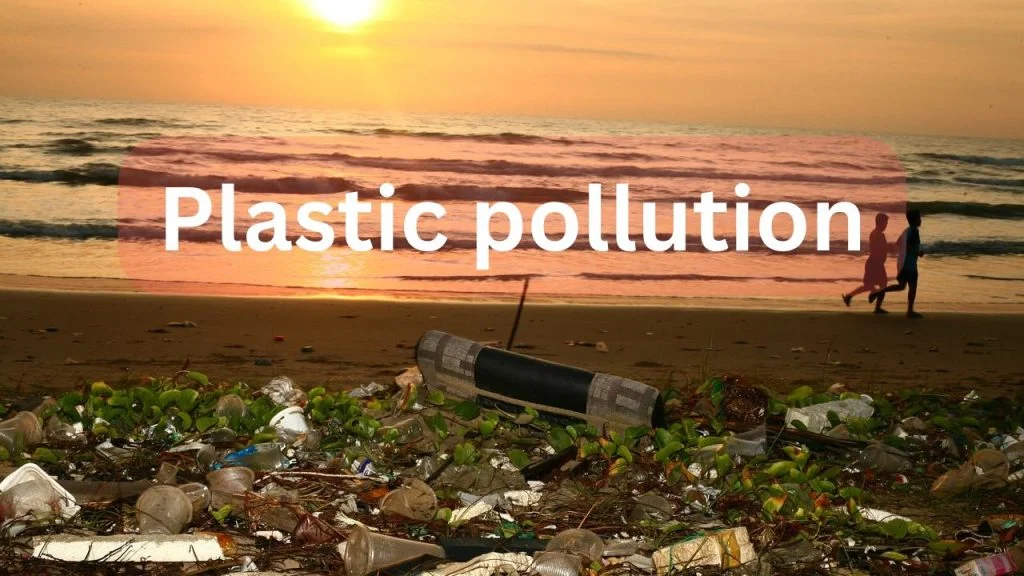
Even though you may be a less plastic user, you’ll discover that it’s present almost everywhere: in toys, laptops, phones, clothes, cups, plates, packaging, automobiles, motorcycles, and on and on and on. What happens to the plastic once we’ve used it? Sadly, some simply end up as garbage on land and in the water, while others are recycled, dumped, or sent to landfills. How much marine debris originated from discarded plastic? The brief reply is a lot, actually tons. There are, however, relatively few scholarly estimates of plastic trash.
Additionally, not every plastic piece is the same; some are large and some are difficult to see. Knowing the different types of plastic is crucial because they may have quite diverse effects on animals and the health of the ocean.
What is the plastic?
Plastics are a wide range of synthetic or semi-synthetic materials that use polymers as a main ingredient. Their plasticity makes it possible for plastics to be moulded, extruded or pressed into solid objects of various shapes.
Because of its “plasticity,” or capacity for shaping and molding, plastics get their name. The majority of plastics are normally created by humans using chemicals discovered when oil (the kind used in cars) is dug up from the earth. (Plastics created from corn and other natural materials are produced, although much less frequently.) To provide plastics a variety of sizes and flexibilities, chemicals are added.
Plastics deteriorate quite slowly. In contrast to a piece of paper, a piece of plastic will persist in the ocean for generations. The sun and waves will break down the plastic into smaller and smaller fragments.
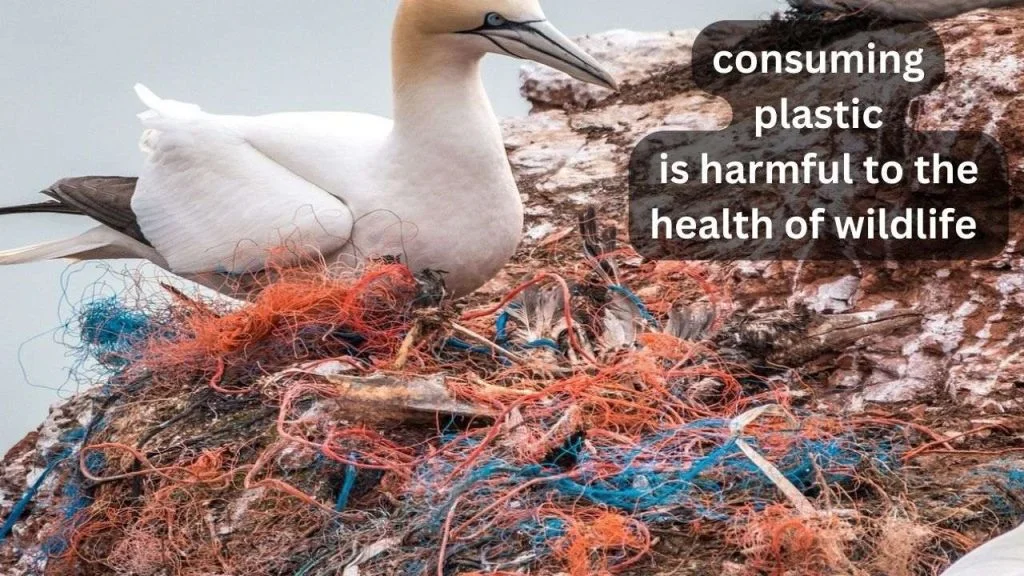
Plastics are harmful to wildlife due to two properties:
(1) they hang around for a long period, sometimes breaking into minute pieces, and
(2) they absorb toxins.
Some plastics can create issues before they degrade, but others are more dangerous when small and consumed by wildlife. Plastics,they readily absorb other chemicals.( dangerous or toxic compounds when they floating in the ocean)
Furthermore, some of the chemicals used to give plastics their structure and function That chemical was hazardous when ingested. Thus, consuming plastic is harmful to the health of wildlife (and humans!).
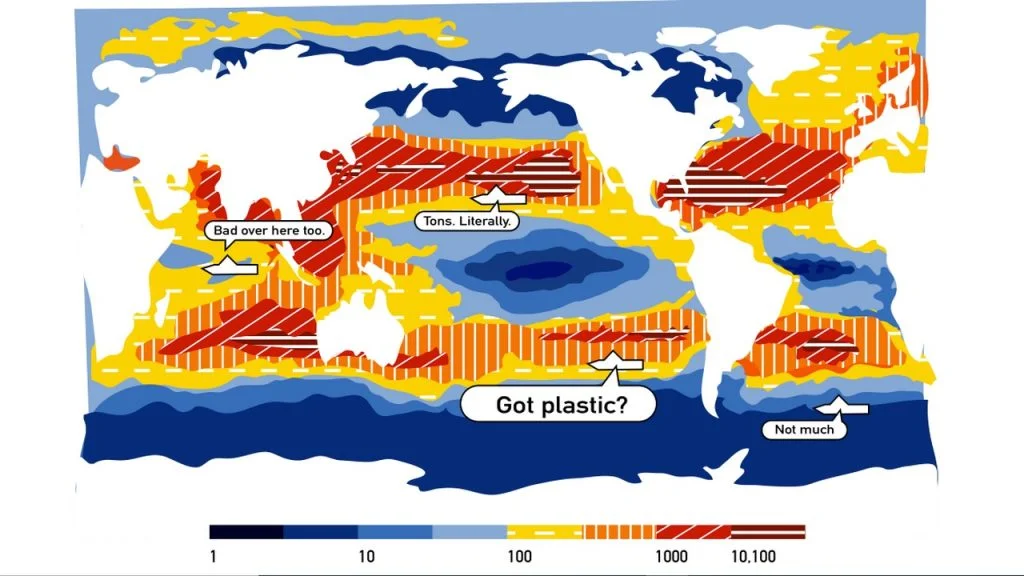
Plastics: final conclusion
Even if we stopped producing it, the plastic isn’t going away from the environment soon. We don’t know the complete picture of potential risks because it hasn’t been in the environment for a long time (mass production of plastics began in the late 1940s). As a result, reducing your use of plastic makes sense. Cutting back on plastic packaging is a good habit to start, but you should always consider finding a non-plastic or once-recycled plastic substitute. When you do use plastic, recycling it will aid in the fight against plastic waste.



